With new polls showing Donald Trump vaulting to the lead and an estimated 22 million citizens taking part in early voting this year, it looks as if President Obama handing the baton off to Hillary Clinton is far from a sure thing. Indeed, this race could come down to the wire.
It could also be another landslide victory.
In any case, we took a look back at history to see what other presidential elections were ultra tight and between two candidates that almost nobody could choose between.
Make no mistake about it, Decision ’16 is a contest unlike any other, but here are five other elections that had Americans split all the way until Election Day:
1876
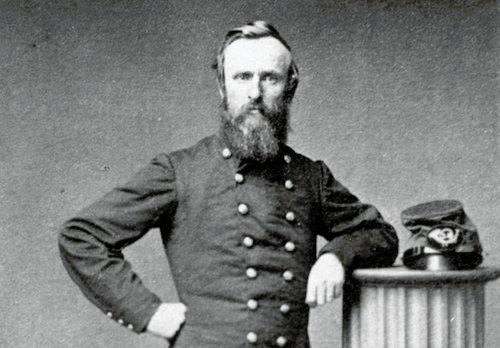
Rutherford B. Hayes as a Union soldier (Wikimedia Commons)
Electoral college: 185 to 184
In the one of the wildest election outcomes in U.S. history, Rutherford B. Hayes defeated Samuel J. Tilden. It was only after However four states had their electoral votes disputed, and Congress deferred to the Electoral Commission who named Hayes the president. Tilden actually won the popular vote, 4,288,191 to Hayes’s 4,033,497.
1916
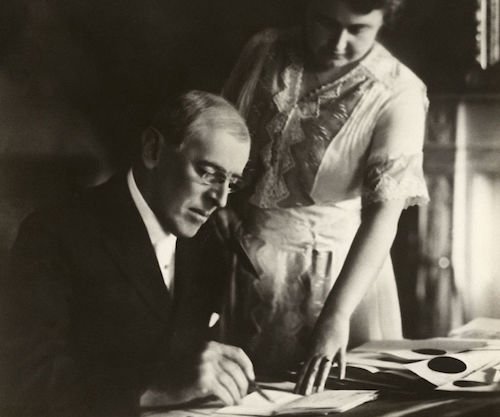
Woodrow Wilson and future first lady Edith Wilson (Wikimedia Commons)
Electoral college: 277 to 254
After defeating William Taft and a resurgent Theodore Roosevelt in 1912, two former presidents, Woodrow Wilson won re-election after edging out Charles H. Hughes four years later. The popular vote totals were 9,126,063 in favor of Wilson to Hughes’s 8,547,030.
1948
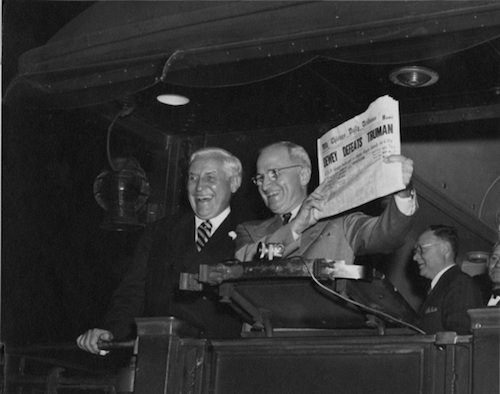
President Harry Truman holds up a famous paper famously proclaimed the wrong president (Wikimedia Commons)
Electoral college: 303 to 189
Leading up to the election, virtually all of the polls indicated Republican Thomas E. Dewey would win the presidency. That taught the news media a lesson, however, after Harry S. Truman won the popular vote by 24,179,347 to Dewey’s 21,991,292 and the electoral college along with it.
1976
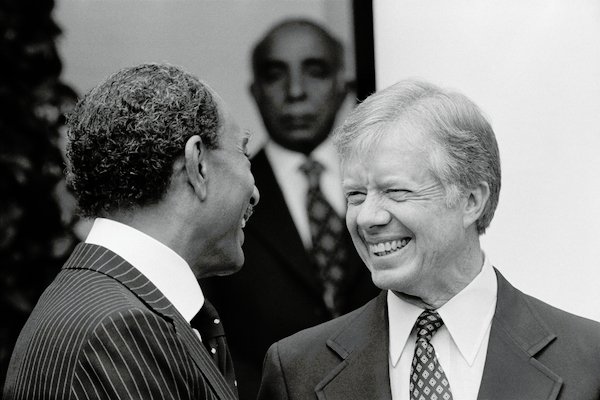
President Jimmy Carter at the White House (Wikimedia Commons)
Electoral college: 297 to 240
Jimmy Carter narrowly beat incumbent Gerald Ford in the 1976 election, also winning the popular vote by 40,830,763 to 39,147,793. He was a relatively unknown former governor of Georgia, and a peanut farmer before that. Rolling Stone magazine helped popularize his candidacy to a nation hungry for a change in Washington.
2000
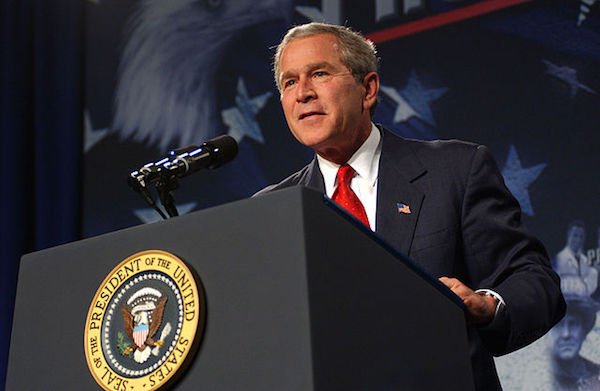
President George W. Bush (Wikimedia Commons)
Electoral college: 271 to 266
Al Gore won the popular vote in the election, with 50,992,335 votes to 50,455,156 over George W. Bush. The Texas governor won the electoral college however, after the well-publicized controversy over the recount in Florida for its 25 electoral votes. The state’s high court weighed in, followed by the U.S. Supreme Court. Eventually Gore was forced to concede to Bush who would go on to serve two unspectacular terms as president.
